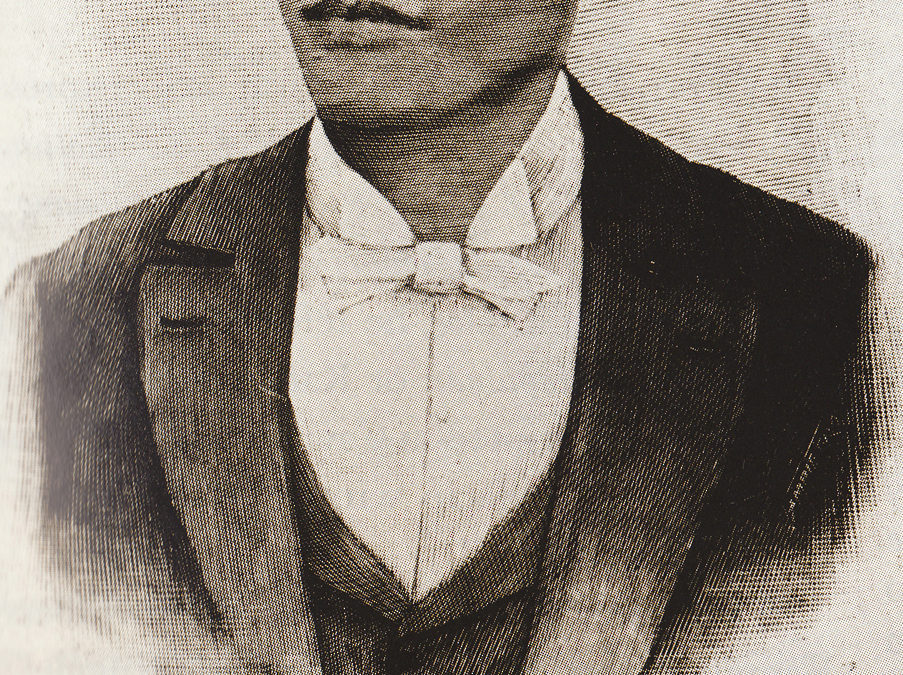I think it’s safe to say that everyone knows the name Andres Bonifacio here in the Philippines. One of the main founders of the Katipunan, and later its 3rd Presidente Supremo during the Philippine Revolution, Bonifacio’s role in our independence cannot be understated.
What is understated about the man was his education. People often presume that because of his usual portrayal as a man sporting acamisa de chino while wielding a bolo and a revolver, he was not as well educated by the likes of Rizal and the other ilustrados.
This is only partially true, since he had no degrees, unlike Rizal who had a medical degree. Also, the only reason he is known as a plebian is because he was not one of the ilustrados. However, he was as intelligent as the ilustrados were. His story proves that poverty is no obstacle to learning if one really wants to pursue and achieve it.
Bonifacio’s Youth
Andres Bonifacio was born on November 30, 1863 in Tondo, Manila. He had 5 other siblings who he had to raise by himself when his parents died when he was around 14. Bonifacio went to school for he studied at Guillermo Osmena’s private school before he became orphaned, for his parents were of some means.
In order to make ends meet, he had to work by sellingcrafts, paper fans and canes. Because of this, he was never able to finish his formal schooling, and eventually worked for Fressel and Co. where he worked as a warehouse clerk/manager for them until 1896. Contrary to what people know, working at a foreign firm during those days was a mark of middle-class success.
Bonifacio’s Education
But wait, so how was he educated if he didn’t finish his schooling, you may ask. Instead of formal schooling, Bonifacio studied by reading books instead. He read works written in Tagalog, Spanish, and even English, as he worked for a British firm. Here he read works about the French and American Revolutions, about the lives of men such as George Washington, as well as two novels made by a Filipino physician named Jose Rizal. In fact, Bonifacio was present when Jose Rizal returned to Manila to form the La Liga Filipina on July 3, 1892, and was a member of the Liga. He even formed the Katipunan as a faction of the Liga. Bonifacio greatly admired Rizal, and even sent an invitation to him to join the Katipunan while Rizal was in exile in Dapitan.
Bonifacio and Us
Bonifacio’s story proves to us that poverty is no hindrance to education and that we should all strive to learn. This is because it was education that opened the eyes of Bonifacio to the abuses committed by the Spaniards towards the Filipinos. It was education that allowed Bonifacio’s nationalism to grow and helped him establish the Katipunan with other like-minded members of the Liga upon hearing news of Rizal’s exile to Dapitan.
The circumstances during Bonifacio’s time isn’t foreign to us, as even today a lot of our countrymen lack access to quality education. A lot of Filipinos today also have to drop out of school and work instead because of lack of income and the notion that going to school is just a waste of time compared to helping one’s parents work, especially in the rural areas.
Bonifacio shows us that one can balance work and learning, by reading and self-education while working as a warehouse manager. Bonifacio’s story is inspiring not just because of his patriotic struggle against the Spaniards but also how he was able to provide for his family and educate himself.
References
Andres Bonifacio and the Katipunan. (2012, September 4). Retrieved March 4, 2020, from http://nhcp.gov.ph/andres-bonifacio-and-the-katipunan/
The Editors of Encyclopaedia Britannica. (2019, May 6). Andres Bonifacio. Retrieved March 4, 2020, from https://www.britannica.com/biography/Andres-Bonifacio

